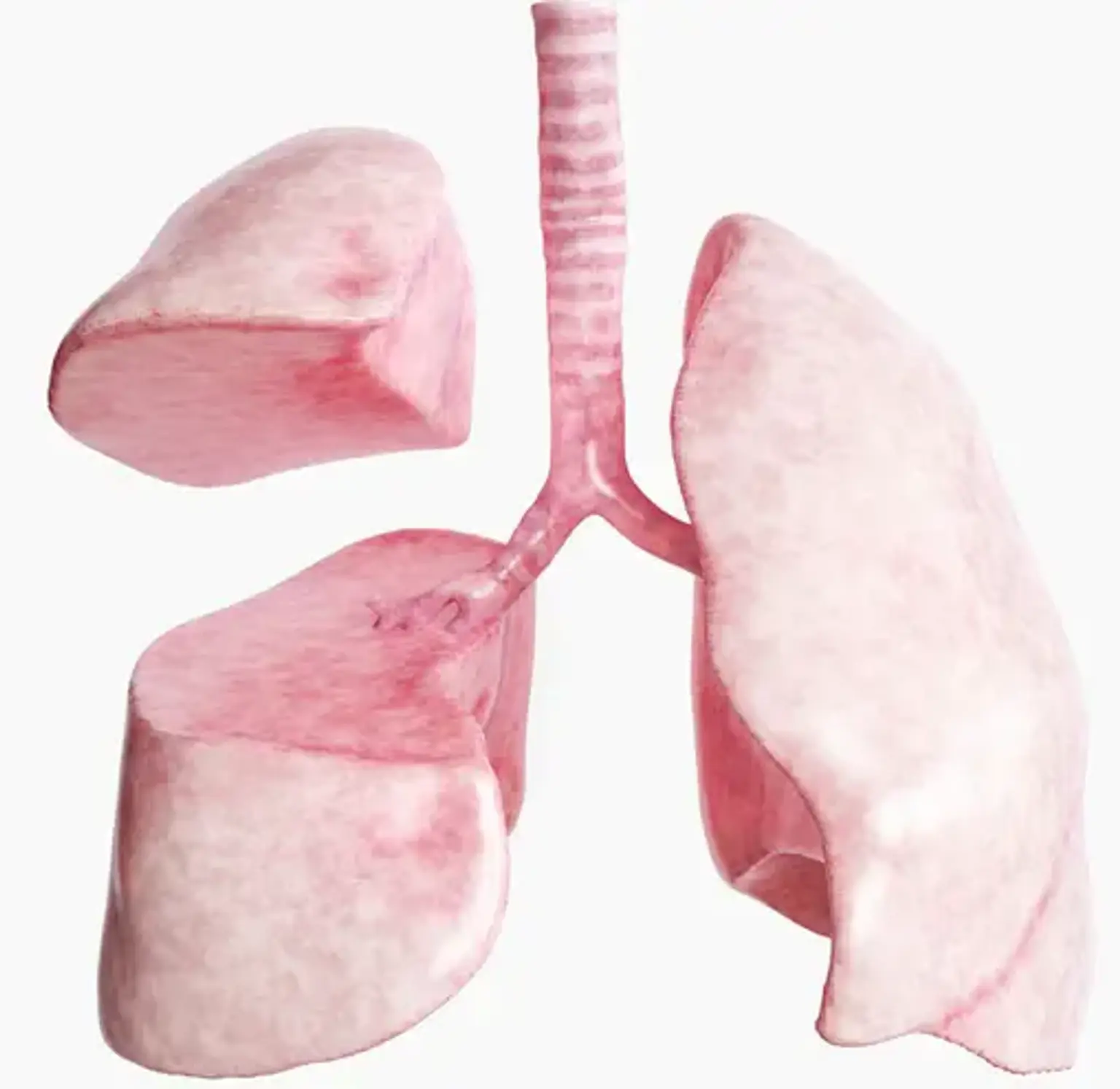Lung Resection
Overview
Advances in technology have made early identification of lung cancer possible for thousands of people who are at risk. This dangerous disease is usually curable if discovered in its early stages. Surgery, either alone or in conjunction with other cancer therapy, has the highest chance of stopping the disease from developing and spreading.
